Optimal Seasons for Foundation Repairs
Foundation repairs are best scheduled during periods of stable weather, typically in the late spring or early fall. These seasons provide optimal conditions for excavation and foundation work, reducing the risk of delays caused by rain or extreme temperatures. Conducting repairs in moderate weather helps ensure the quality and longevity of the work performed.
Dry, moderate weather minimizes delays and complications during foundation repair projects.
Stable soil conditions in spring and fall facilitate effective repairs and reduce risk of future shifting.
Off-peak seasons often offer more scheduling options for contractors and homeowners.
Avoiding extreme heat or cold helps materials cure properly and ensures safety during work.
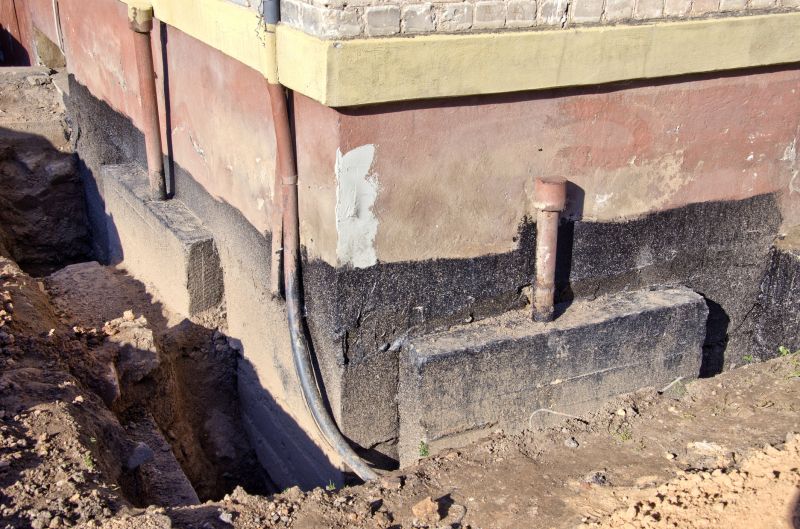
Spring offers ideal conditions for foundation work with moderate temperatures and less rainfall.
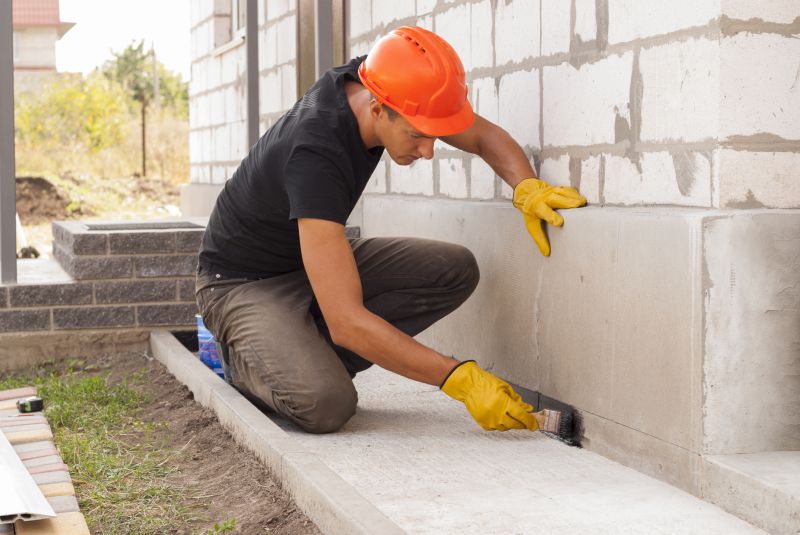
Fall provides a dry window for repairs before winter weather sets in.
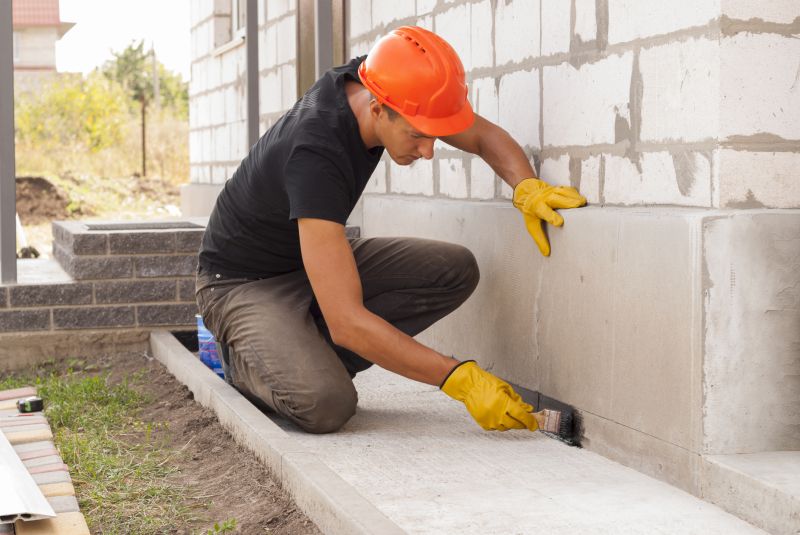
Optimal weather enhances safety and quality during foundation repairs.

Ways to make Foundation Repairs work in tight or awkward layouts.

Popular materials for Foundation Repairs and why they hold up over time.
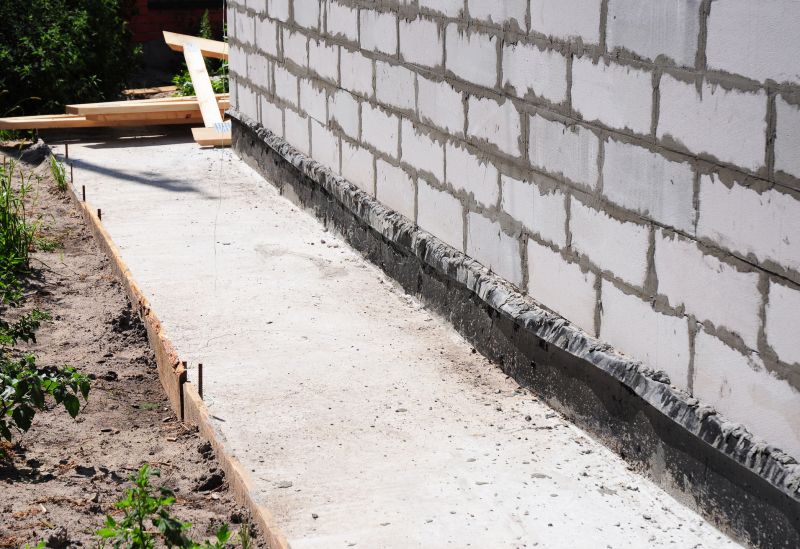
Simple add-ons that improve Foundation Repairs without blowing the budget.
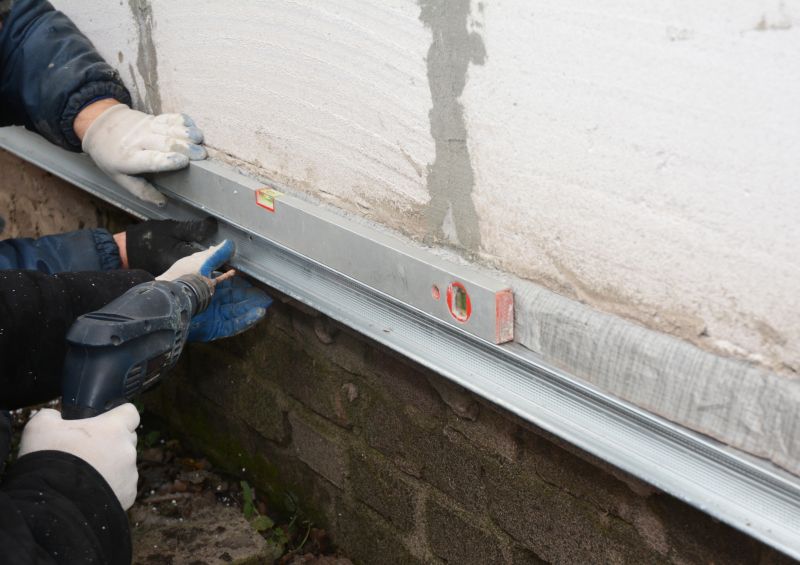
High-end options that actually feel worth it for Foundation Repairs.
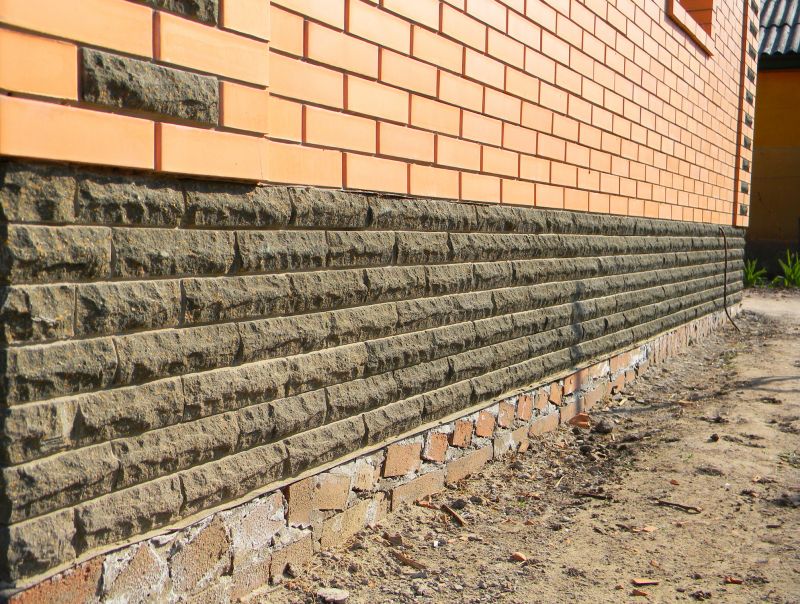
Finishes and colors that play nicely with Foundation Repairs.
Foundation repairs are essential for maintaining structural integrity and preventing further damage to a property. Common issues such as cracking, settling, or shifting often indicate the need for professional intervention. Addressing foundation problems promptly can help avoid costly repairs and preserve the value of a property. The process involves assessing soil conditions, repairing or replacing damaged sections, and ensuring proper support for the structure above.

Visible cracks may signal underlying settlement issues requiring repairs.

Excavation for foundation repair involves careful assessment of soil and structural conditions.
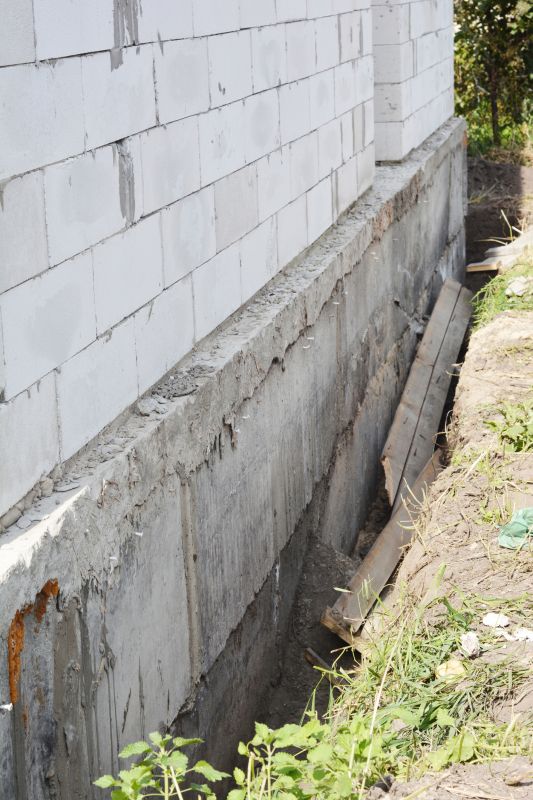
Reinforcement techniques strengthen the foundation to prevent future shifting.
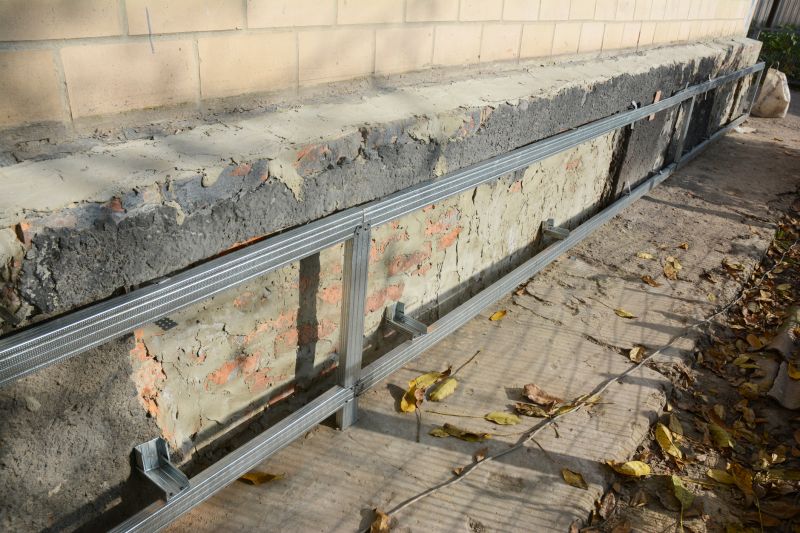
Finished repairs restore stability and support to the structure.
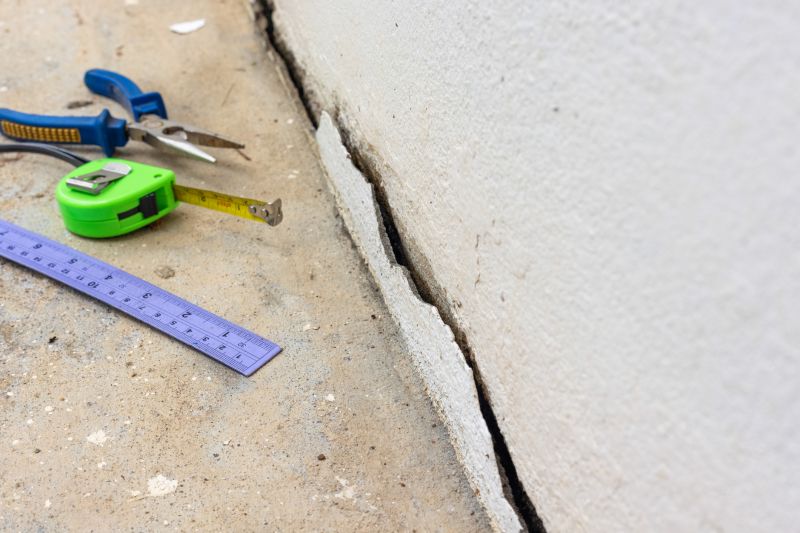
Little measurements that prevent headaches on Foundation Repairs day.

A 60-second routine that keeps Foundation Repairs looking new.

A frequent mistake in Foundation Repairs and how to dodge it.

Small tweaks to make Foundation Repairs safer and easier to use.
| Season | Advantages |
|---|---|
| Spring | Ideal soil conditions and moderate weather facilitate repairs. |
| Fall | Prepares foundation for winter, reducing freeze-thaw damage. |
| Summer | Can be suitable with early morning or late evening work to avoid heat. |
| Winter | Generally not recommended due to cold temperatures and frozen ground. |
| Late Fall | Limited window before winter weather begins. |
| Early Spring | Good for repairs after snowmelt and before heat. |
Understanding the timing for foundation repairs can significantly influence the success and durability of the work. Planning repairs during stable weather periods reduces risks and helps ensure materials set correctly. Consulting with foundation specialists can provide tailored advice based on local climate patterns and soil conditions, ensuring the most effective repair schedule.
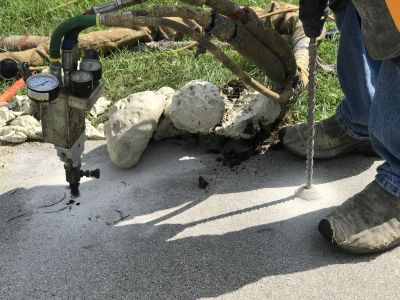
Specialized tools and machinery are used during foundation stabilization projects.
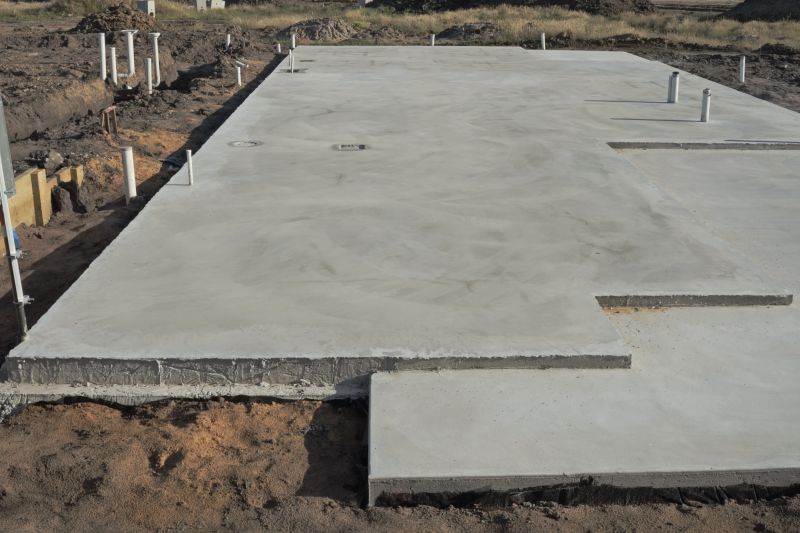
Proper soil assessment and stabilization are critical for long-term foundation health.
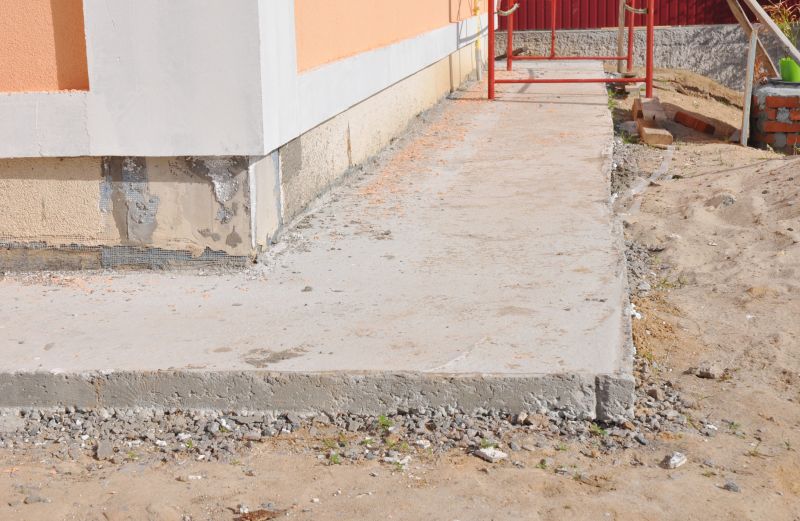
Detailed planning ensures repairs are effective and durable.

Lower-waste or water-saving choices for Foundation Repairs.

The short, realistic tool list for quality Foundation Repairs.
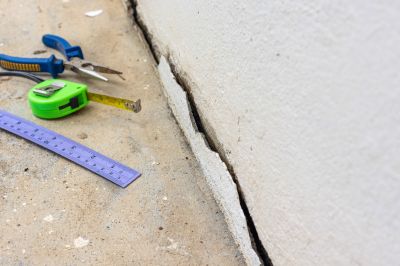
Rough timing from prep to clean-up for Foundation Repairs.

Quick checks and paperwork to keep after Foundation Repairs.
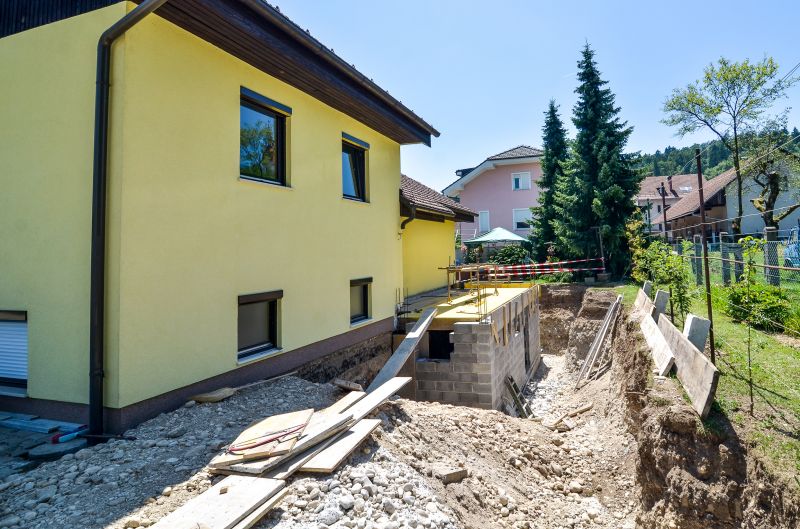
Examples that show the impact a good Foundation Repairs can make.
Interested property owners are encouraged to contact professionals to discuss the best timing and approach for foundation repairs. Proper planning and timely intervention can help maintain structural integrity and prevent costly damages in the future.

